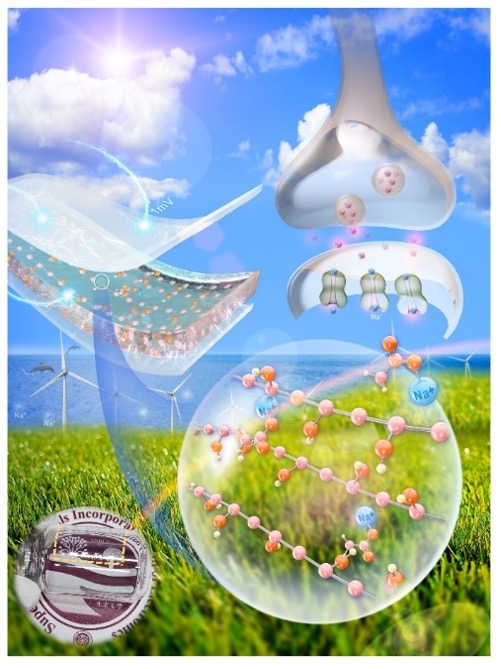Neuromorphic Devices and Computing
The von Neumann architecture, with its poor fault tolerance and low efficiency of serial processing, as well as the separation of storage and computation, consumes a lot of power. In contrast, the parallel computing characteristics of the biological brain provide an effective method for addressing these issues. Therefore, there is currently a lot of interest in building neuromorphic technology systems inspired by the biological brain to perform computation and processing of big data at both the software and hardware levels.
Our group is developing neuromorphic devices based on memristors and transistors, searching for suitable materials and structures to bionic from the material and architectural levels. We are conducting in-depth explorations and imitations of various synaptic plasticity in the biological nervous system and developing low-power brain-like algorithms to mimic human brain neural networks, including short-term and long-term synaptic plasticity, perception, learning, and memory, with the lowest possible power consumption and cost.

Figure 1-1 Biological neural networks and Brain-inspired devices and computing.

Figure 1-2 The biocompatible neuromorphic devices based on sodium-incorporated PVA, with operating voltages as low as 1 mV and power consumptions down to the order of attojoule, achieve the best overall performance to date in terms of biocompatibility, voltage, and power consumption.

Figure 1-3 Our lithium-doped artificial synaptic devices can mimic left and right brain bifunction and biological ion channels.

Figure 1-4 Hafnium single-crystal conducting filament was first experimentally observed in neuromorphic devices based on the HfO2/BFO/HfO2 memristor.

